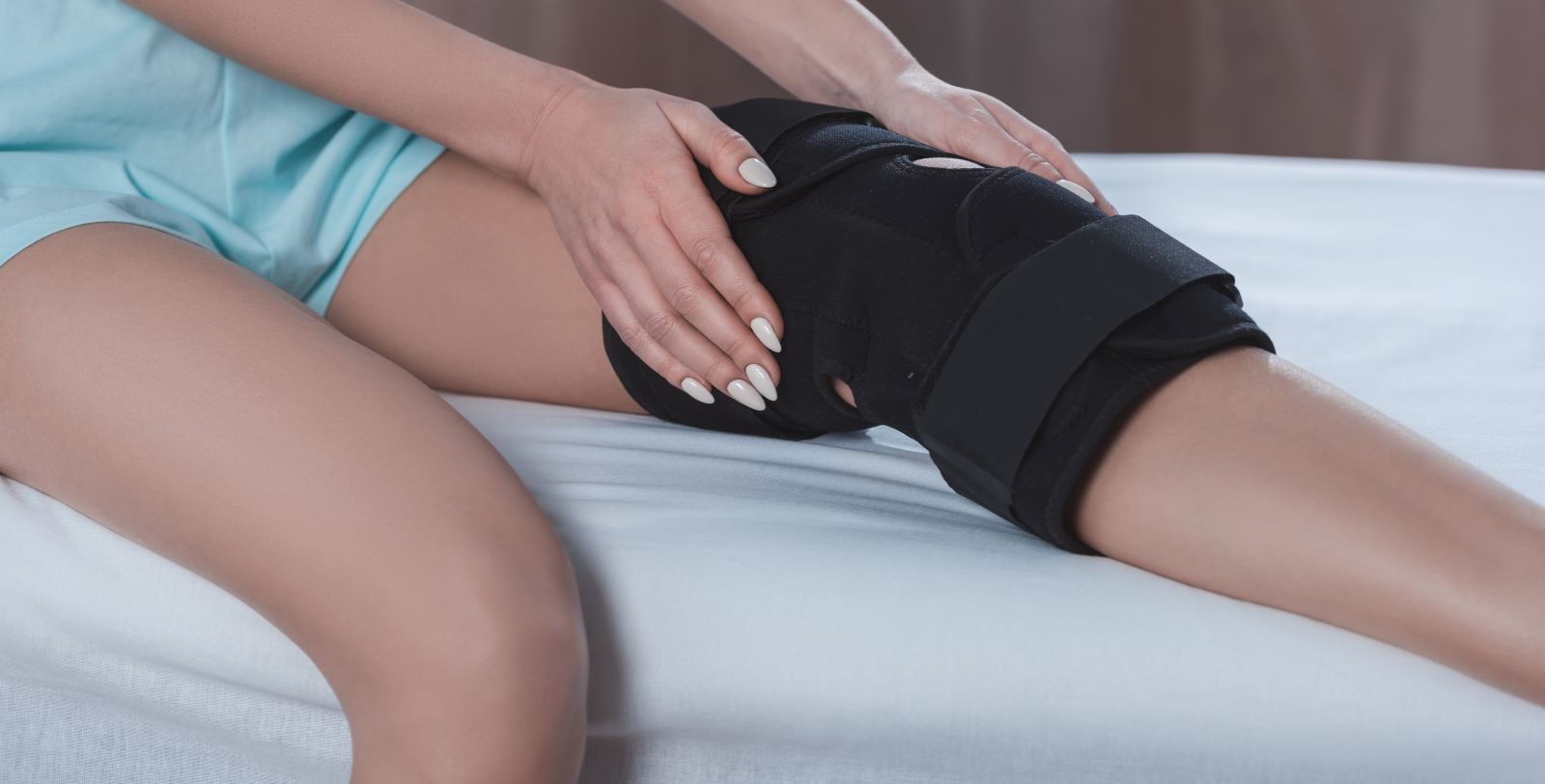When a twinge of pain or a wobble lets you know your knees aren’t as sturdy as they once were, buying a quality knee brace might be your first step.
But how do you know which one to choose?
Meeting your knee’s needs
There are hundreds of types of knee braces, but according to J. Kristopher Ware, MD, an orthopedic surgeon with the Hartford HealthCare Bone & Joint Institute, your specific needs can help narrow down the options.
“Choosing a brace depends on the patient’s circumstances. In most cases, brace use is temporary or limited to specific activities. The duration of use varies from all the time for post-operative bracing, to limited use during sports for functional braces,” said Dr. Ware.
Common types of knee braces include:
- Compression/support: These neoprene or fabric sleeves slide onto the knee. Although they provide little structural support, they do help with compression to reduce swelling. They can also improve joint position sense, and people sometimes feel improved confidence in their knees wearing one, Dr. Ware said. This brace is helpful if you suffer from mild knee swelling, patellofemoral pain syndrome or mild arthritis.
- Functional braces: These braces provide stability with rigid side supports or custom fit hinges. They can be used during sports and recreational activities, allowing athletes to return to play after a ligament injury. In some cases, they may reduce the risk of recurrent injury.
- Unloading braces: When significant arthritis is affecting one side of the knee, these braces “unload” the arthritic side and force pressure onto the healthy side.
- Patellar stabilizing braces: After a patellar – or kneecap – dislocation, these braces use pressure to keep the kneecap in the correct position.
- Controlled motion braces: These long braces have hinges that can be locked at certain positions in the range of motion. These are most commonly prescribed after a knee fracture or ligament reconstruction surgery. Because they limit range of motion, they protect the knee but allow for limited activities.
> Want more health news? Text StartHere to 85209 to sign up for text alerts
Size matters
Once the type of brace chosen, it’s equally important to select the correct size, Dr. Ware said.
“Custom braces are typically fabricated based on a mold of the knee. Non custom fit, or ‘off the shelf’ braces are selected based mostly on circumference of the knee and thigh,” he explained, adding that an orthotist, or brace-fitting specialist, can help select the best size.
Still confused? Ask an expert
Because they specialize in finding the best solutions for patients with knee trouble, orthopedic surgeons, physical therapists, athletic trainers and orthotists, or a healthcare professional who makes and fits braces and splints, are the best resource if you’re having instability or pain, said Dr. Ware.
With the size and type of brace in hand, knee braces can be ordered online or purchased in a medical supply or sporting goods store.



